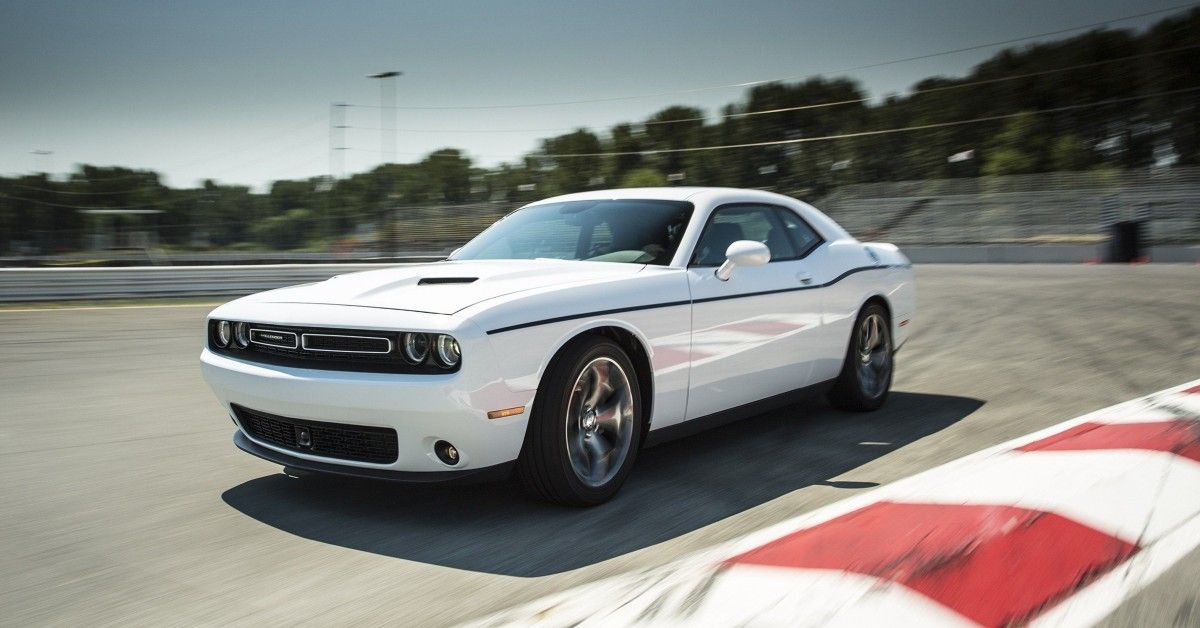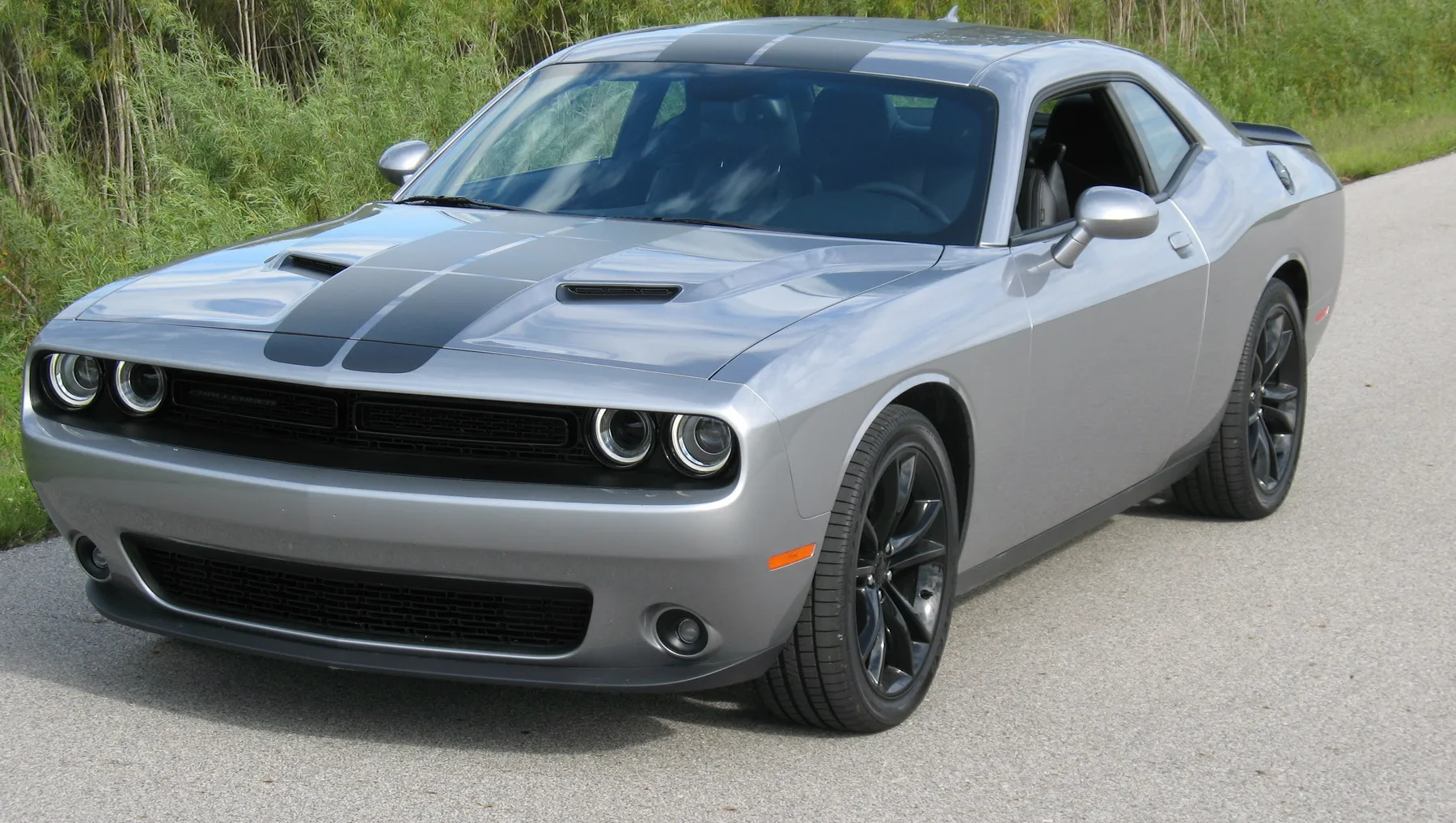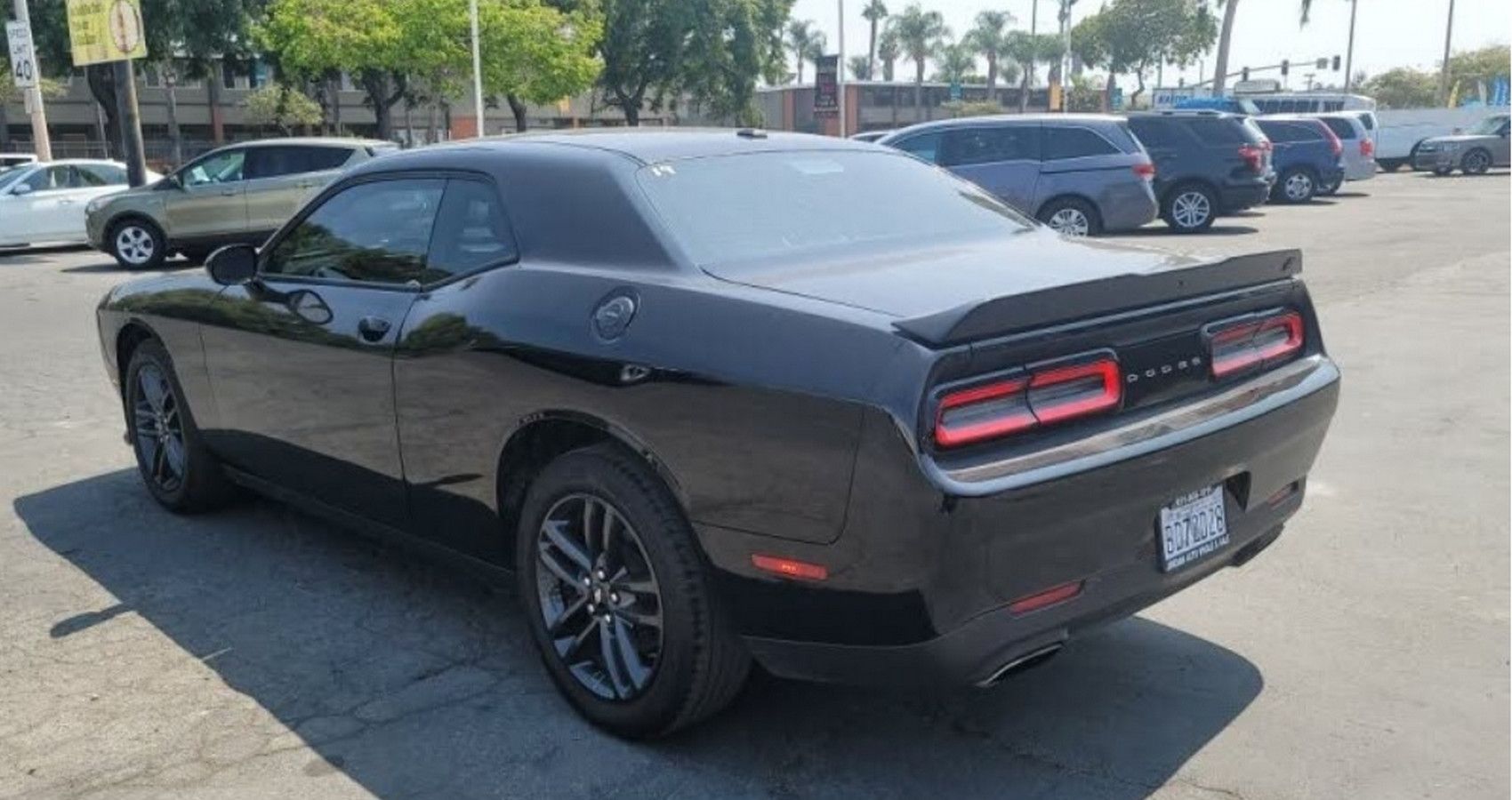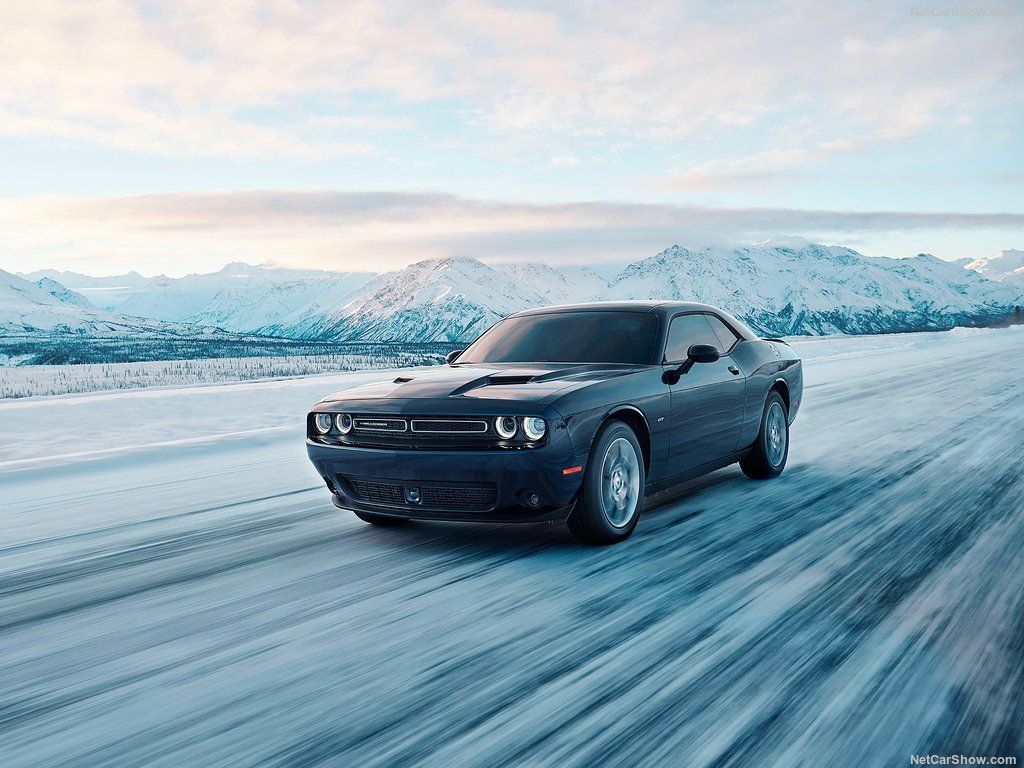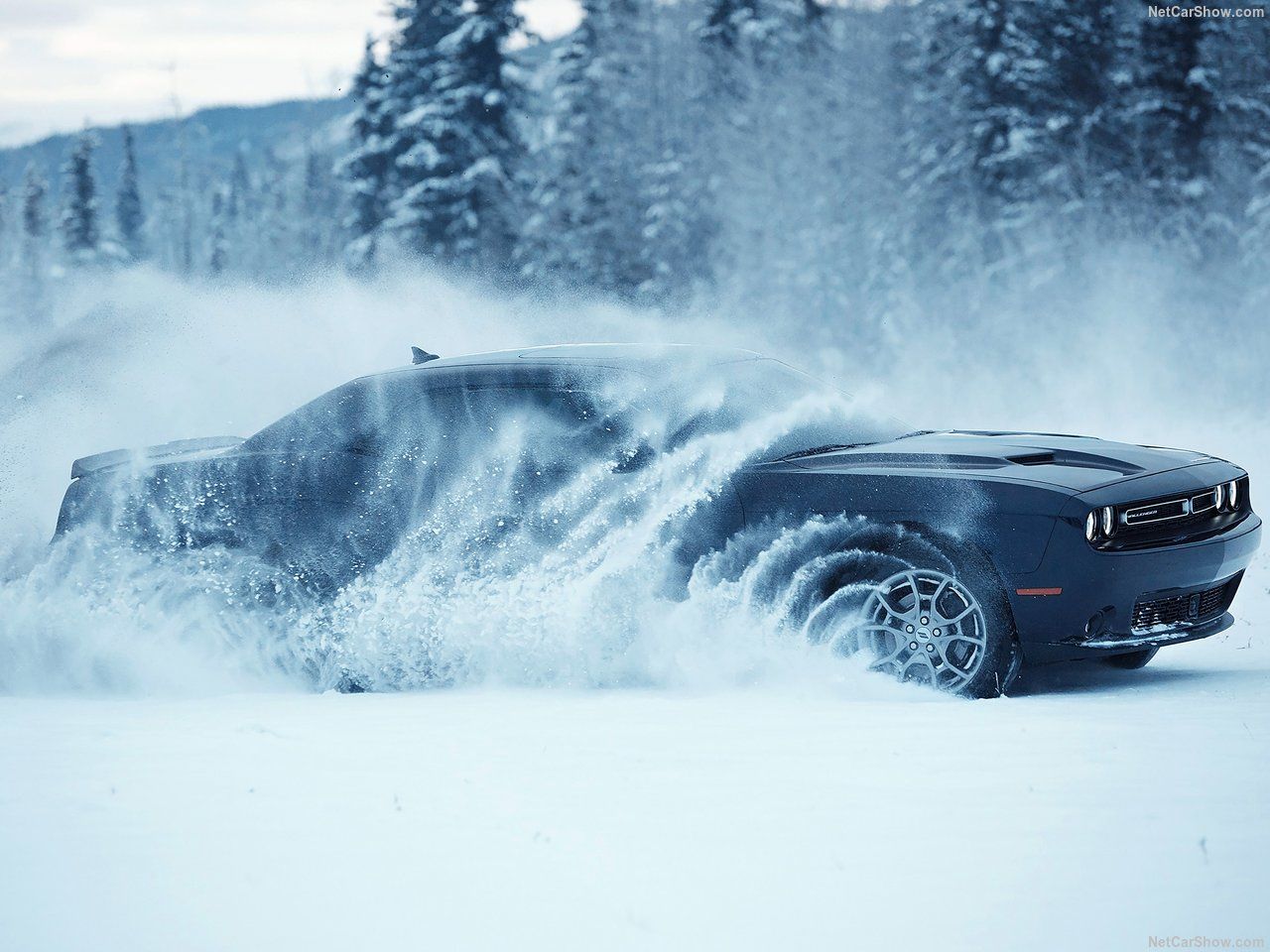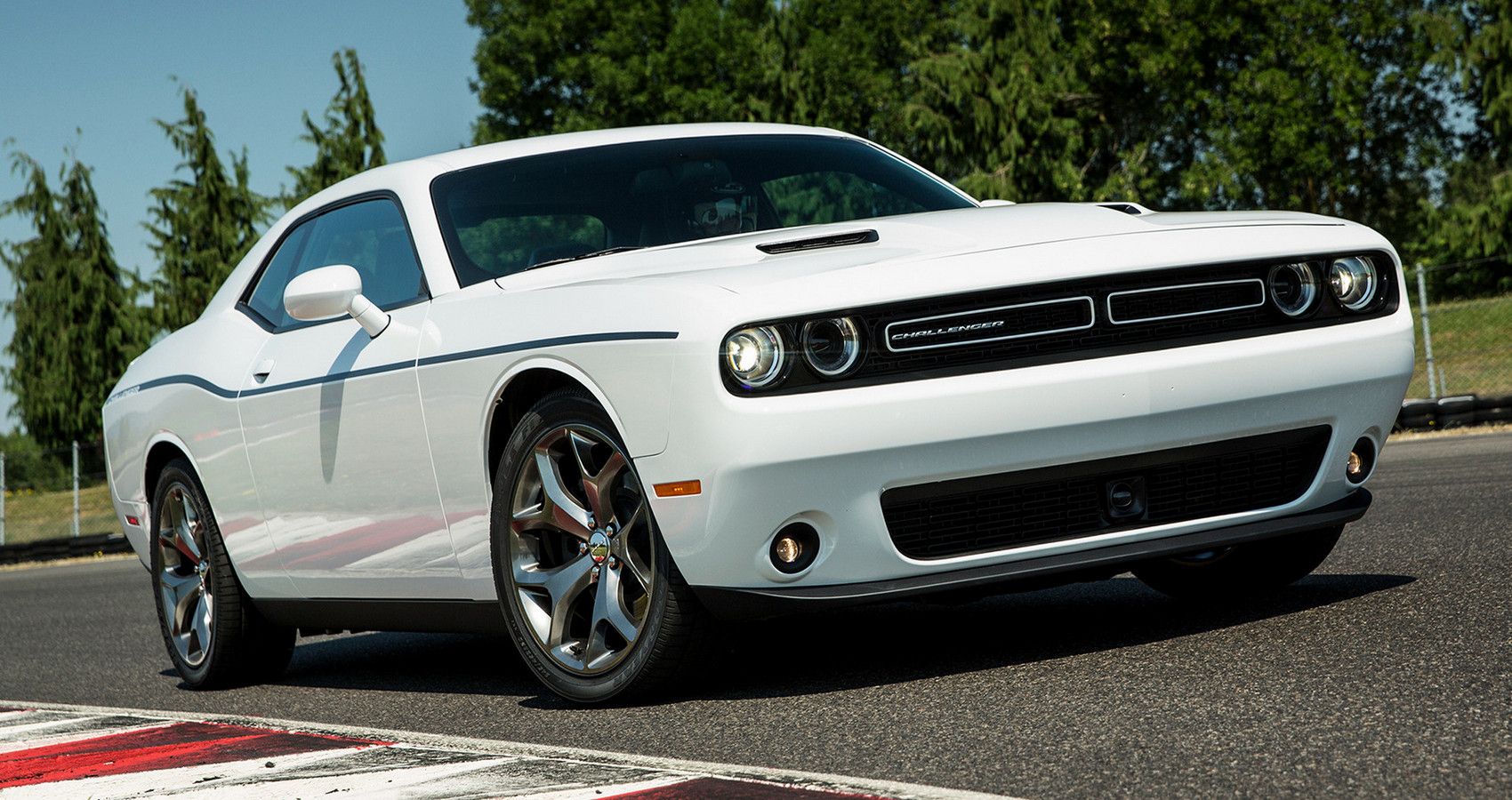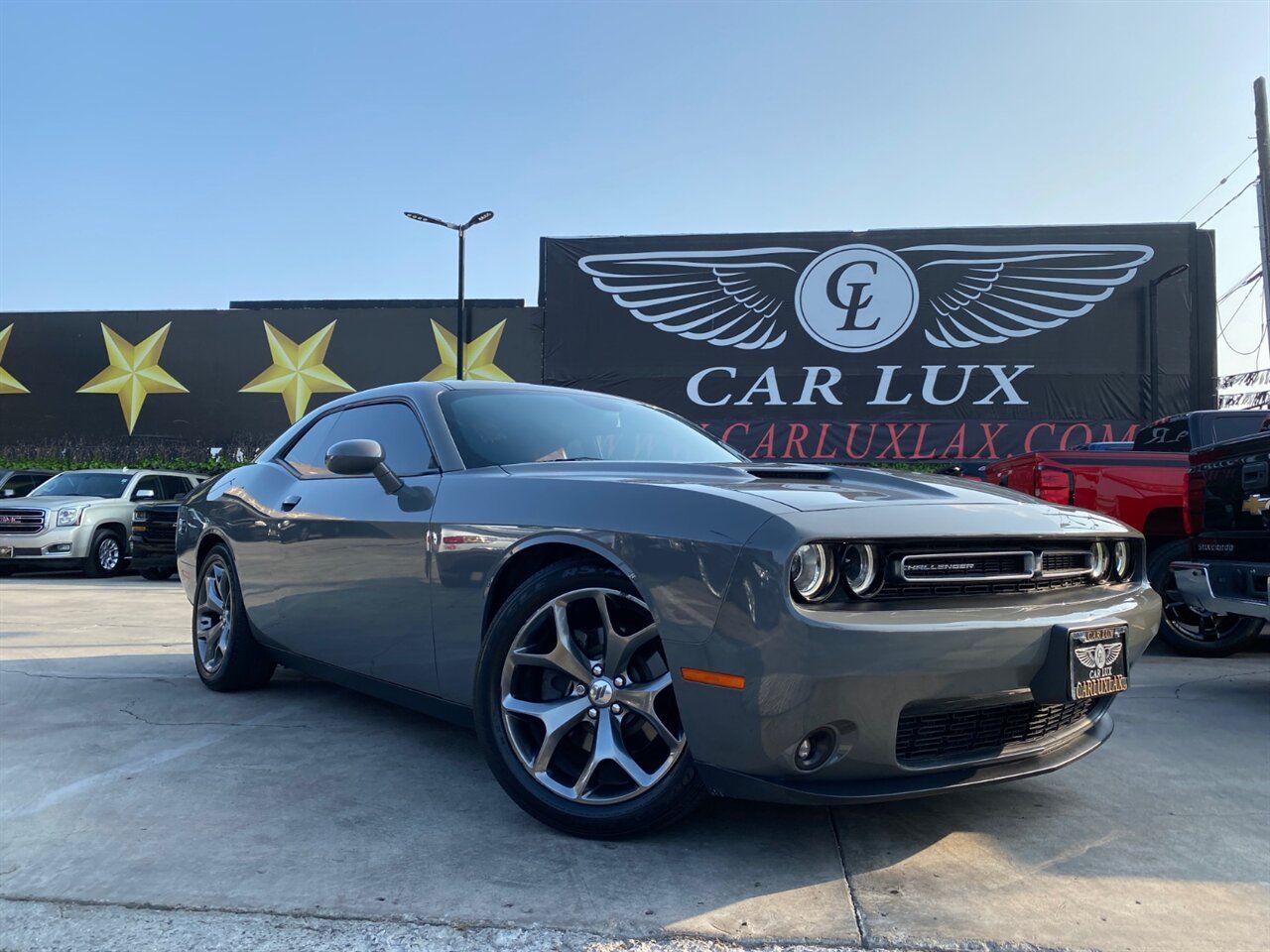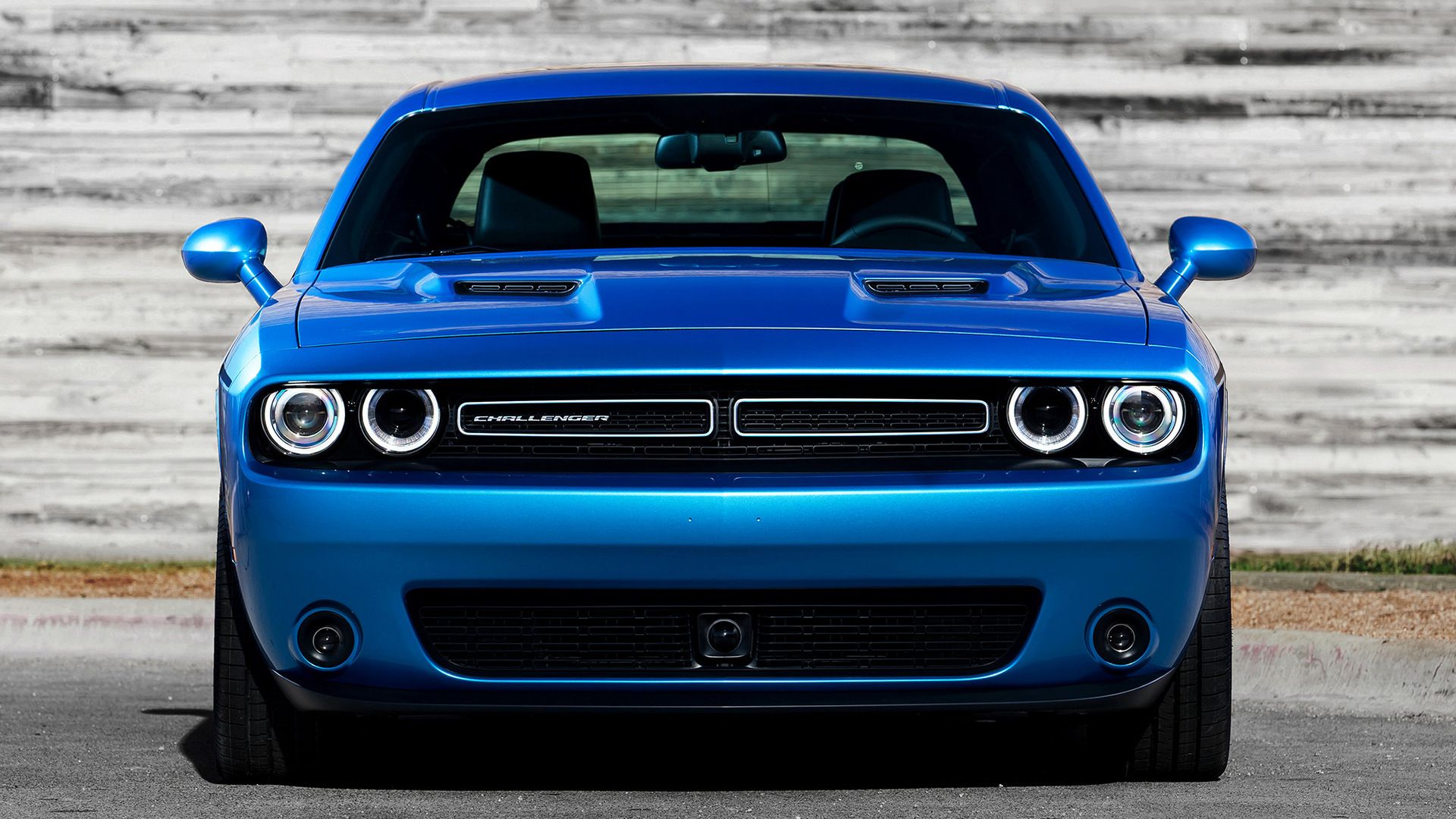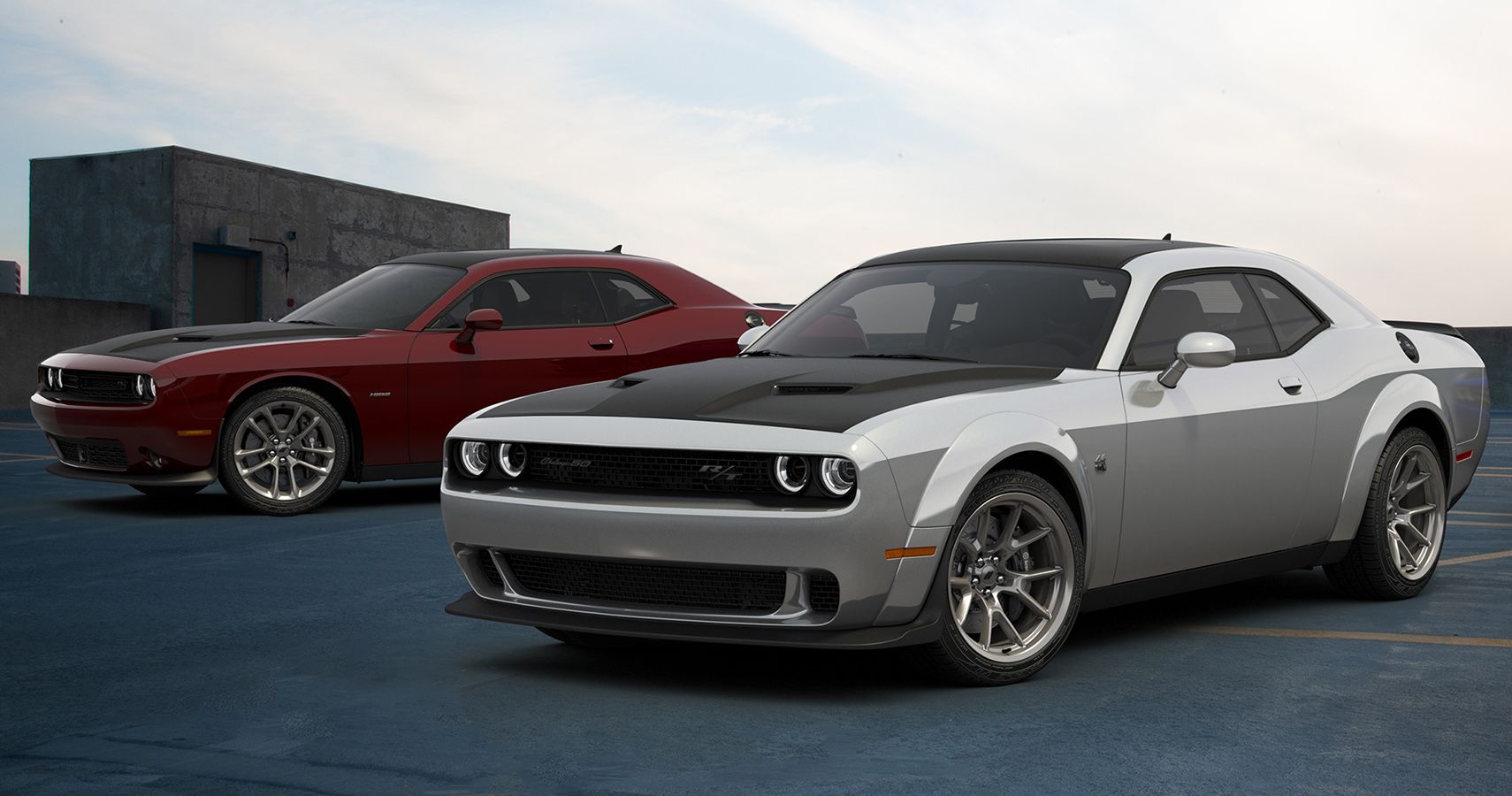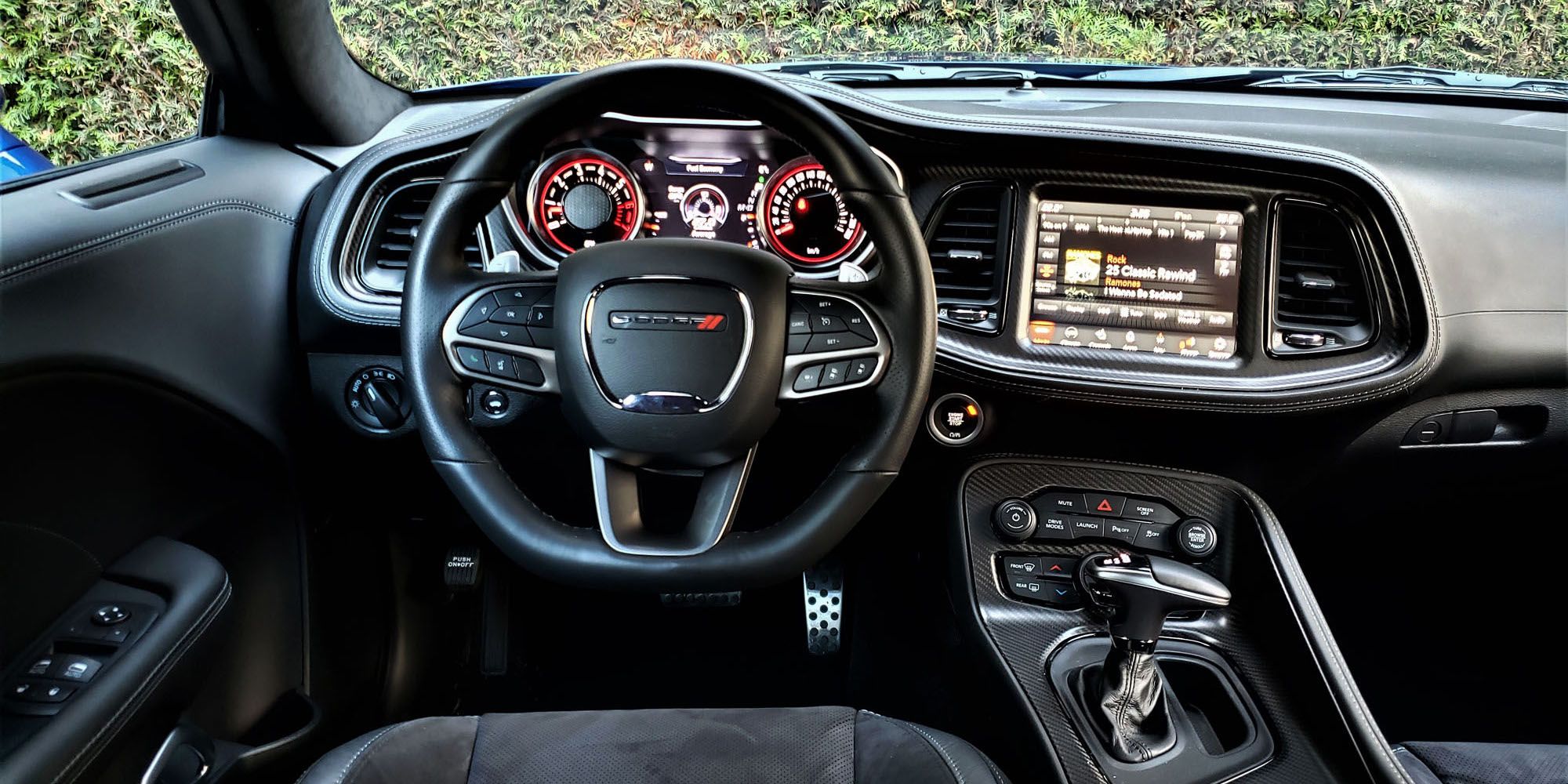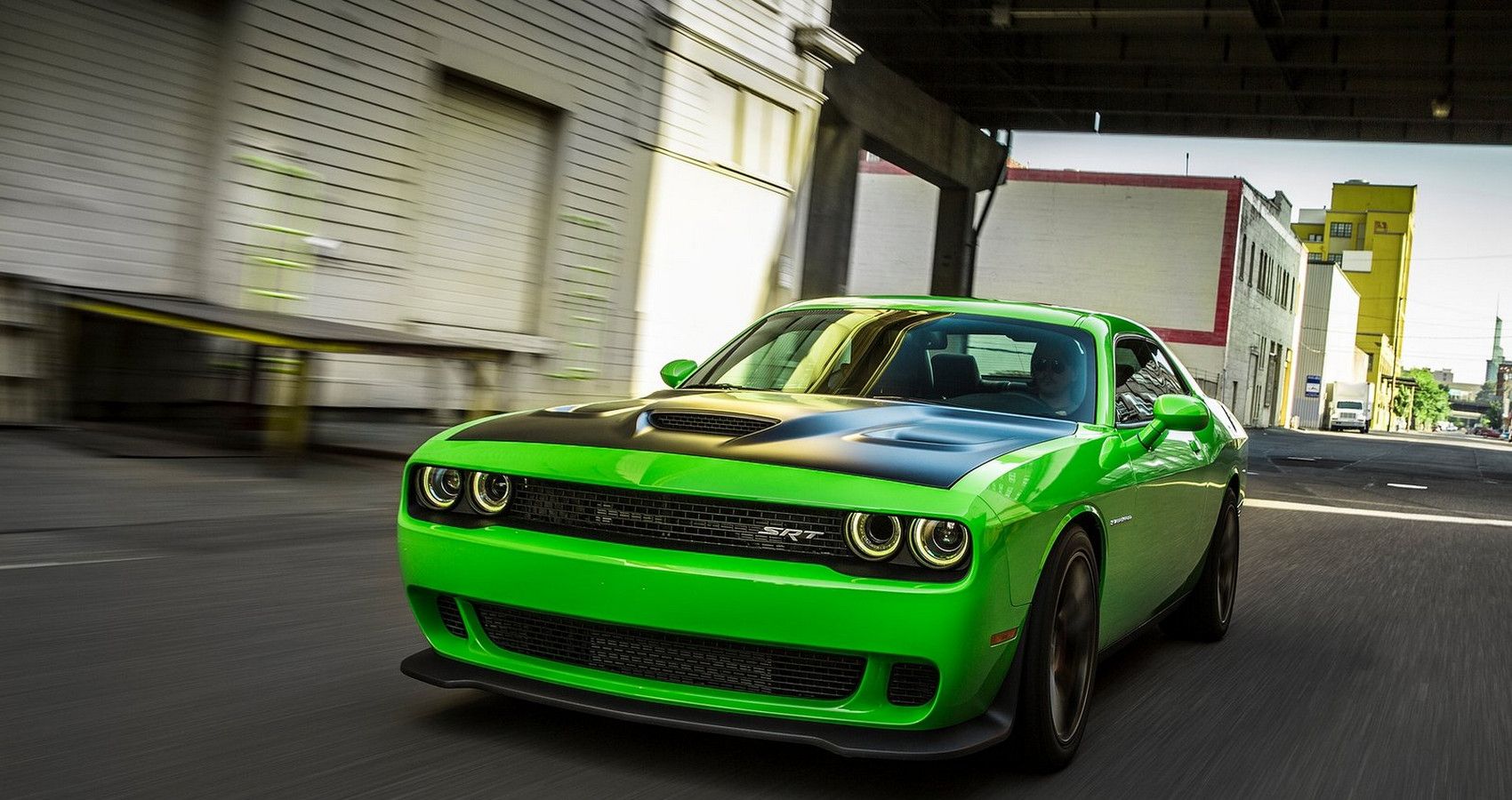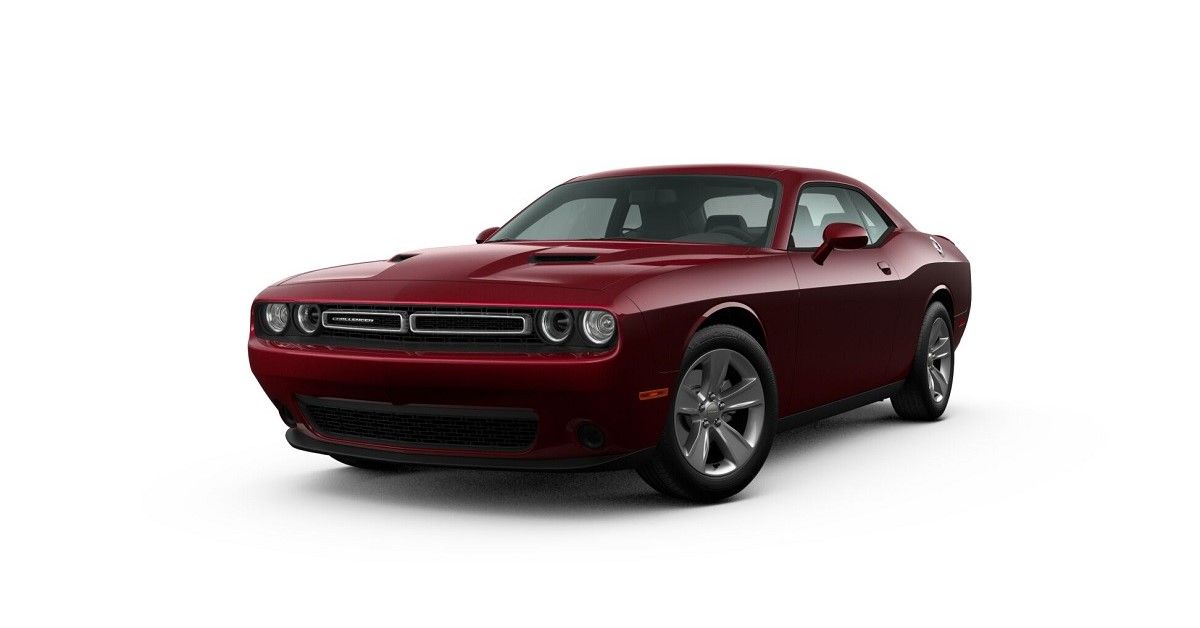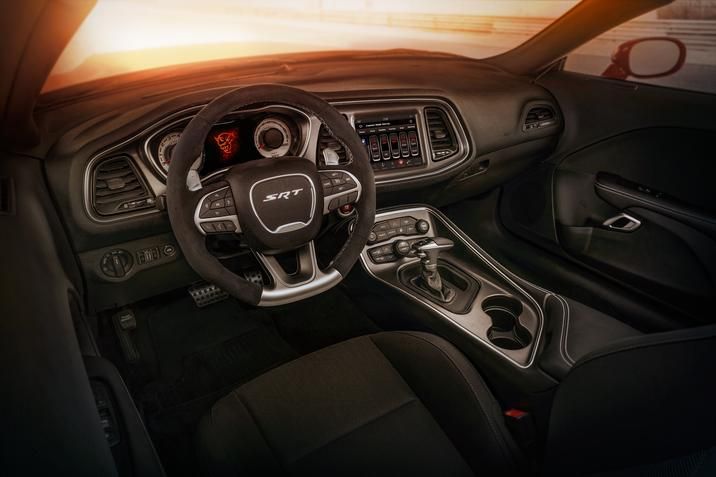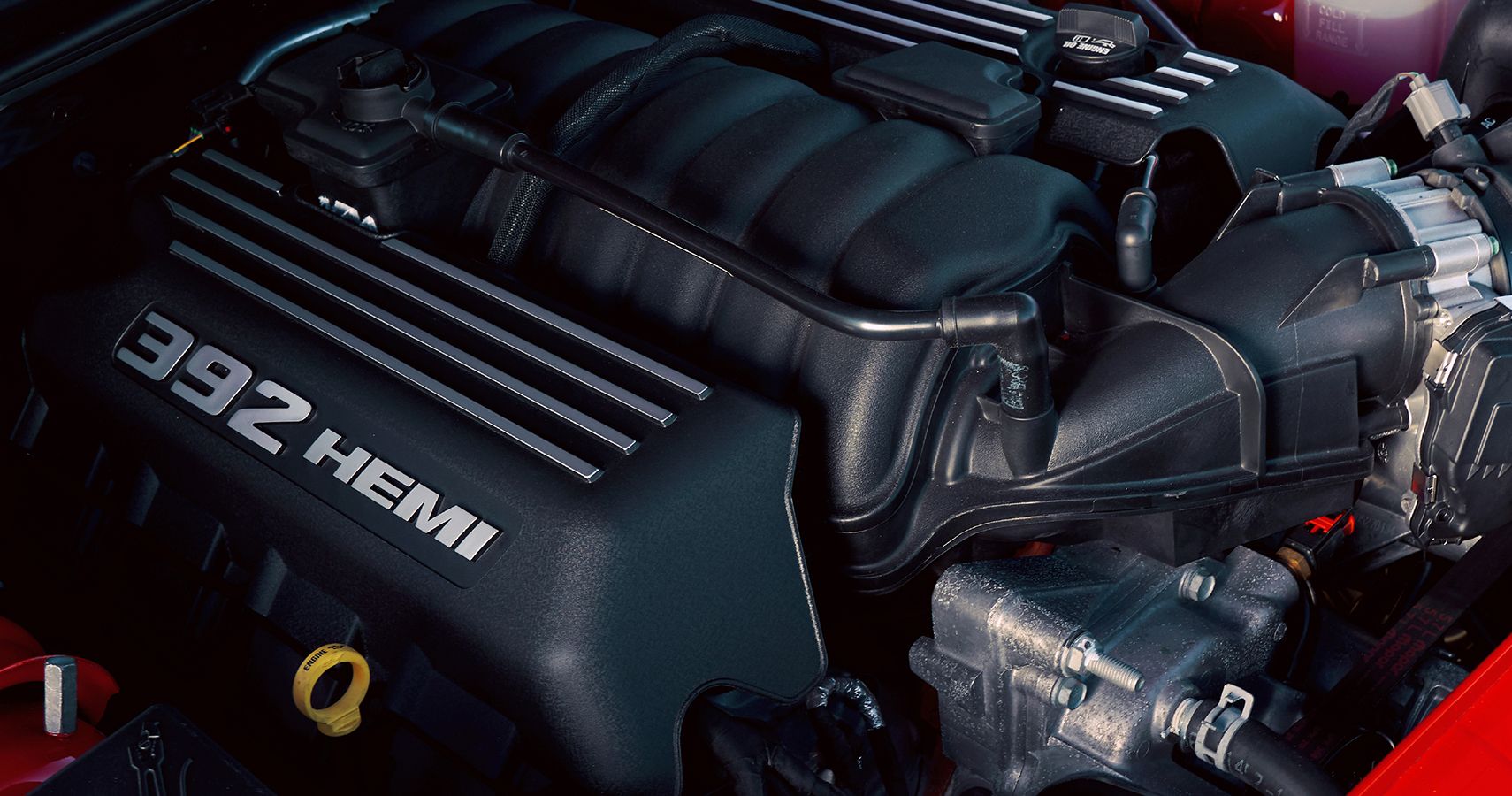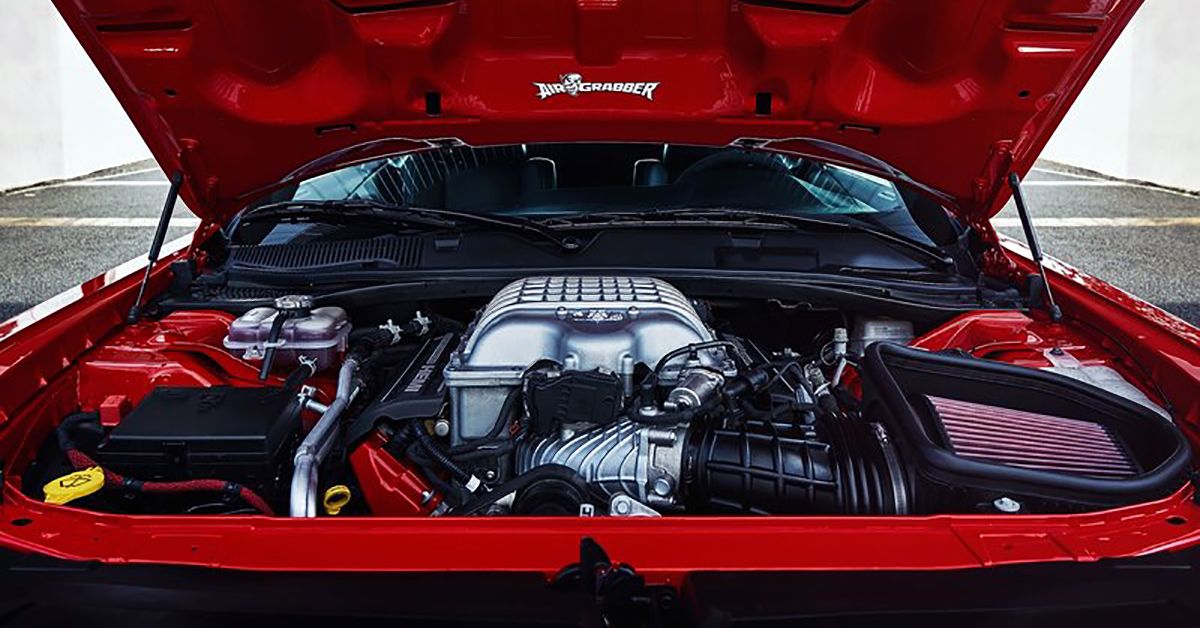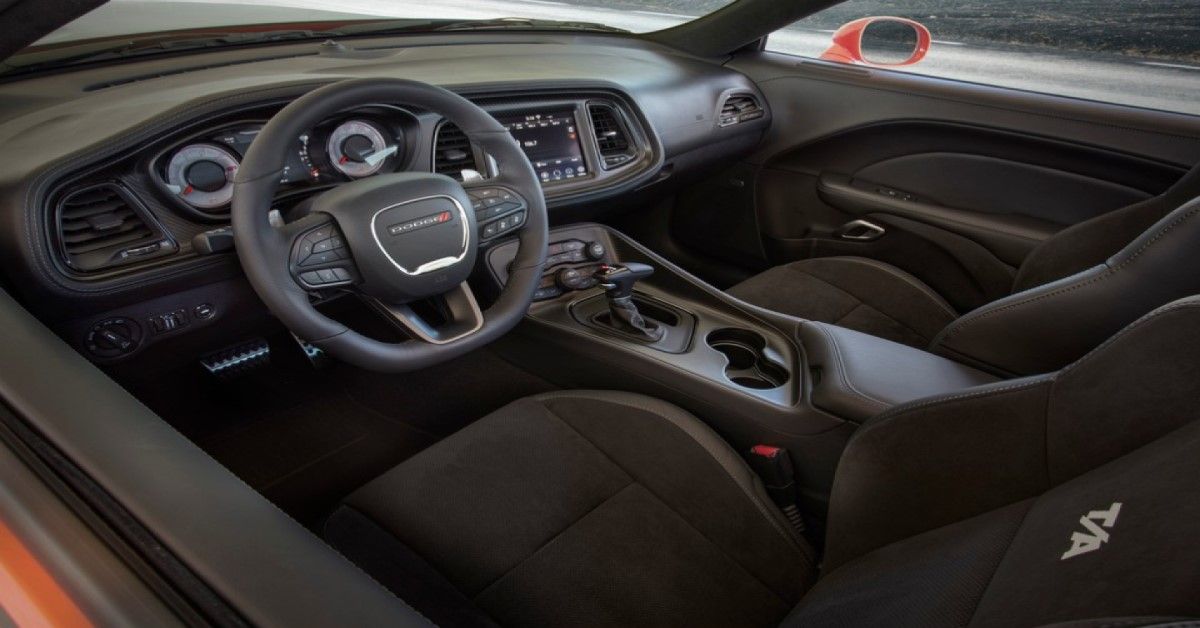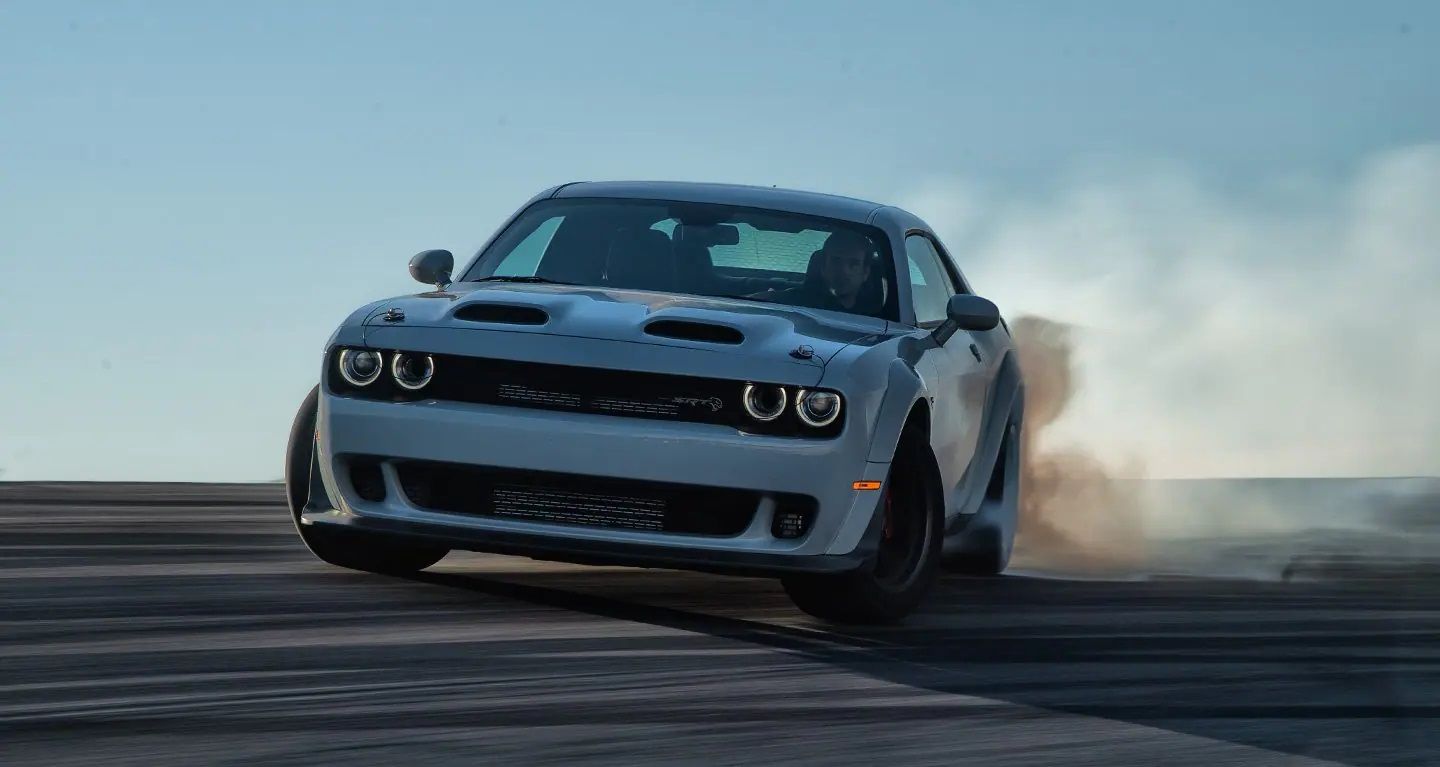The Dodge Challenger has been around since the late 1960s as a competitor to the behemoth which was – and still is – the Ford Mustang. It is also the only one of the so-called ‘Big Three’ to still look and handle like a traditional muscle car.
Where the Ford Mustang and Chevrolet Camaro have both opted to produce smaller, more fuel-efficient 4-cylinder turbo versions of their award-winning muscle cars, Dodge has remained steadfast and offers a rather large V6 as the base model, along with a 5.7-liter V8 in the R/T trim, a 6.4-liter in the Scat Pack and their trademark Hellcat V8 in everything else. Compared to the Hellcat, the V6 is rather underpowered, but it is still one of the better entry-level options currently on the market, producing as much power as a high-spec V6 Toyota Camry, but for less money.
So, while the Challenger in its current form has been around for almost 15 years now, it is still a worthy competitor within the entry-level muscle car market. Here are eight reasons why we love the Dodge Challenger SXT and two reasons why we would probably never buy one.
10 Why We Would Buy One – It’s Good Value For Money
The Dodge Challenger SXT is quite good value for money. The base engine starts with a V6, compared to the Chevrolet Camaro and Ford Mustang which both have 4-cylinder turbos. The Challenger starts at just over $30,000, whereas the Camaro and Mustang both start from around $27,000 – with the V6 in the Camaro starting from $29,000.
While the Challenger is more expensive, it is larger on the inside, offers better practicality, and is fitted as standard with more equipment. It also comes standard with a smooth automatic transmission.
9 Why We Would Buy One – It Can Be Optioned With All-Wheel-Drive
Unlike any version of the Camaro or Mustang, the SXT – and the GT trim above it – can be fitted with an all-wheel drive. This adds to the practicality of the vehicle, making it able to comfortably drive in snowy regions without the rear wheels constantly spinning.
This does not mean that the Challenger can’t be fun. It features the same all-wheel-drive system as the Charger Pursuit, which means that the front axle can be disconnected, turning the SXT AWD into a normal V6-powered muscle car, able to burn the tires like anything else.
8 Why We Would Buy One – It Has a Good Automatic Transmission
When the Challenger was launched in 2008, it had a choice of three transmissions – either a 6-speed manual or a 4-speed and 5-speed automatic. The 4-speed was a Chrysler unit that was available since 1989, while the 5-speed was the 5G-Tronic Mercedes-Benz unit left over from the time Daimler-Chrysler existed.
In 2014, Dodge introduced the award-winning 8-speed ZF 8HP torque-converter automatic – a transmission that was used all around the world. The Challenger currently uses three versions of this gearbox, namely the 845RE for V6 cars, the 8HP70 for the non-supercharged V8s, and the 8HP90 for the Hellcat-powered vehicles. ZF have also made the 8HP95 for use in the heavy-duty Jeep Trackhawk, RAM TRX, and Dodge Durango Hellcat which can handle the stresses caused by more weight.
7 Why We Would Buy One – It Looks Like A Proper Muscle Car
The Challenger is the last of the American muscle cars that still looks like a muscle car. The Mustang and Camaro have shifted more towards the sports car look, with the Mustang even becoming the best-selling sports car on the planet.
The Challenger is stubborn in that regard, still being square and un-aerodynamic, exhibiting a disinterest in being fuel-efficient – all while being ridiculous and comfortable at the same time. All the proper muscle car characteristics which motoring enthusiasts want.
6 Why We Would Buy One – It Has Adequate Performance
With the base model only having a V6 engine, the Challenger SXT is pretty good in the performance department. The 3.6-liter Pentastar V6 produces 303 hp and 268 lb-ft of torque, allowing the 3,800-lb behemoth to accelerate from a standstill to 60 mph in just 5.3 seconds.
This is as fast as a V6 Camaro and slightly slower than an EcoBoost Mustang, all while being nearly 500 lbs heavier. Not bad for the least expensive trim level of one of the most iconic American models ever created.
5 Why We Would Buy One – It Has Some Nice Options
The Challenger is relatively well-equipped from the get-go, featuring a 7-inch touchscreen infotainment system, sports seats, cruise control, and dual-zone climate control. That said, there are a few options we’d tick, just to make life a bit more comfortable.
The main one is the Plus Package, which includes most of the necessary technology such as Android Auto, a larger infotainment screen, better tires, better brakes, fog lamps, and some extra USB ports scattered all over the place. It is a $3,000 option, but it’s worth it. Another great option if driving long distances would be the $1,300 Technology Package, which includes adaptive cruise control, forward-collision warning, and auto high-beam control.
4 Why We Would Buy One – It Comes In Fun Colors
Like the original, the current Challenger is available in a range of fun colors. Pitch Black and White Knuckle are the no-cost options, with the other colors costing either $95 or $395. Some of the more exciting colors include Hellraisin Purple, Octane Red, Go Mango Orange, Indigo Blue, Smoke Show Silver, and Frostbite Blue.
While many would probably go for more neutral colors like Granite Gray and Triple Nickel Silver, the Challenger is a ridiculous muscle car. We’d probably end up going for either the Hellraisin Purple or Go Mango Orange, just to inject some color into the boring black, white, and silver cars on the road.
3 Why We Would Buy One – It Makes A Good Daily Driver
The Challenger, being a muscle car, can be a proper fun car to drive around a track or down a drag strip. However, like the muscle cars of old, it is also a comfortable cruiser easily able to drive across the country without driving the occupants mad.
The Challenger has a large cabin, large and comfortable seats, enough room in the back for adults – on short trips hopefully – and a huge trunk for luggage. If the likes of proper GT cars such as the BMW 4-Series Coupe, Mercedes-Benz E-Class Coupe, and Audi A5 Coupe are too glitzy and expensive, the Challenger is a much cheaper alternative – even if it doesn’t quite have the same refinement and sophistication.
2 Why We Wouldn’t Buy One – It Doesn’t Have A V8
While the Challenger SXT is a great budget vehicle, it lacks the one defining part that makes it a proper muscle car – a V8 engine. This is the same issue that the Camaro and Mustang have – although they are even less worthy of the muscle car name thanks to their 4-cylinder engines.
The V8 engine is the grumbly heart of a muscle car, whether it is a traditional push-rod or an overhead-valve engine, or is fitted with a cross-plane or a flat-plane crankshaft. A muscle car without a V8 is like Top Gear without Clarkson, Hammond, and May – not quite what it should be.
1 Why We Wouldn’t Buy One – It Doesn’t Have A Manual Transmission
While we can almost forgive the lack of a V8 – almost – the biggest aspect which puts us off buying a Dodge Challenger SXT, is the fact that it doesn’t have a manual transmission. If you want a manual in a Challenger, the only way is to go for the R/T or Scat Pack – which costs almost $10,000 and $16,000 more than the base SXT, respectfully.
So, while the Challenger SXT is worthy of competing with the Camaro and Mustang, it is not exactly as desirable as the other two are. Don’t get us wrong, it looks fantastic and menacing, but as soon as the lack of badging becomes evident, one cannot help but think, ‘oh, it’s just a V6’. It’s a shame. At least it doesn’t have a 4-cylinder.

